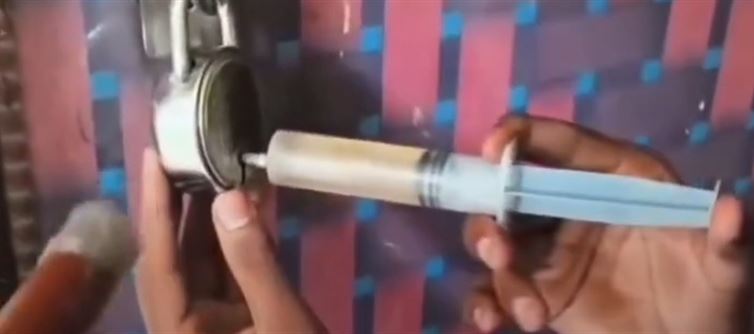
What makes this technique particularly concerning is its accessibility. petrol is readily available, and syringes can be purchased at any medical store. Unlike advanced lock-picking kits that require skill, this approach needs little technical knowledge—making it an attractive option for opportunistic criminals. Moreover, victims are often caught off guard, assuming that a sturdy lock provides sufficient protection. The petrol syringe method challenges this perception, proving that physical strength isn’t always the deciding factor in break-ins—sometimes, it’s sheer creativity combined with chemical reactions.
For households and businesses, this development is a reminder that security cannot rely on locks alone. Experts recommend investing in multiple layers of protection, such as high-security smart locks, motion-sensor alarms, and CCTV cameras. Community vigilance also plays a crucial role, as unusual behavior—such as someone loitering with a syringe near a gate—can raise timely alarms. Law enforcement agencies, too, must stay a step ahead by studying such emerging methods and educating the public about preventive measures. After all, when something as ordinary as petrol becomes a burglary tool, the only effective defense is awareness combined with smarter security.




 click and follow Indiaherald WhatsApp channel
click and follow Indiaherald WhatsApp channel